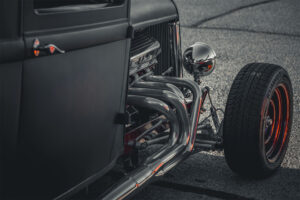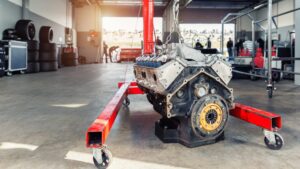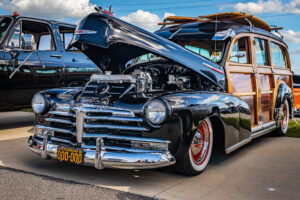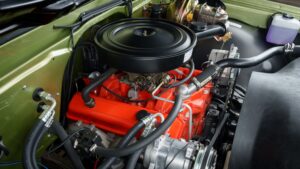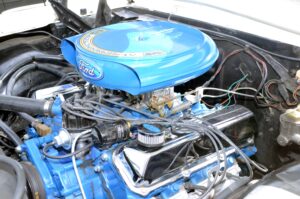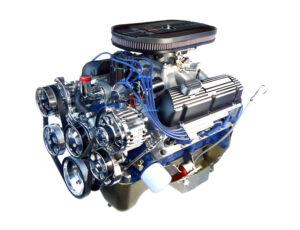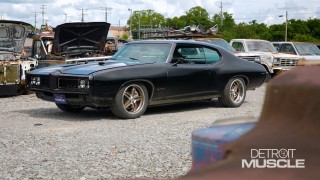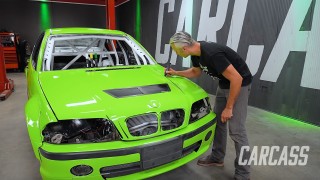A Journey Through the History of Hot Rodding: Part 1
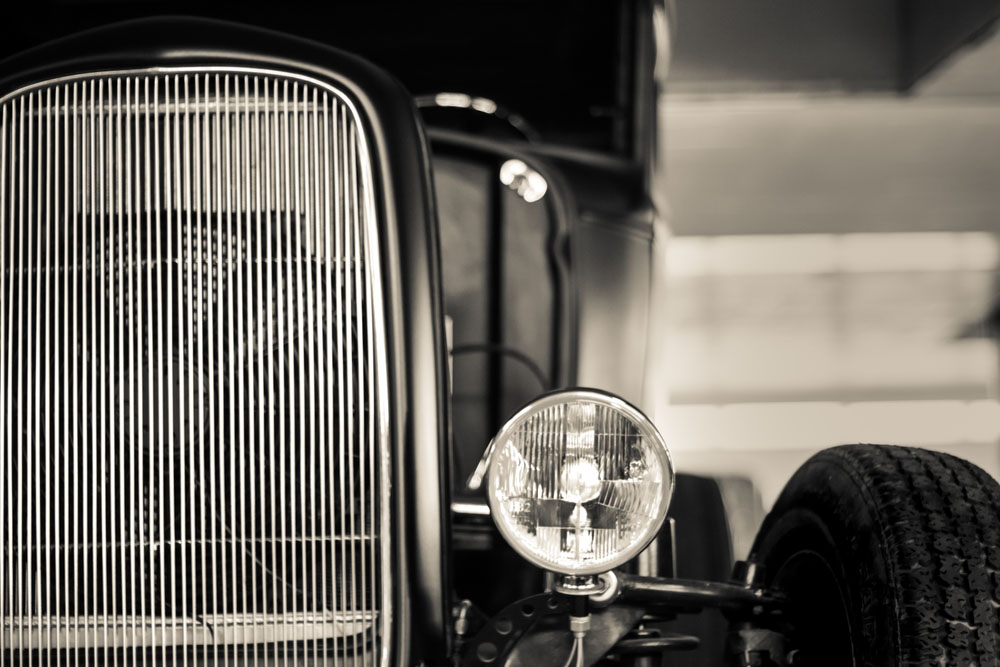
Table of Contents
The Evolution of Hot Rodding: A Deep Dive for Car Enthusiasts
Hot rodding is one of the most iconic traditions in American automotive culture, tracing back to the early 20th century when car lovers began pushing the limits of their vehicles. Over the decades, the evolution of hot rodding has mirrored shifts in technology, personal expression, and even American social landscapes. This journey from the salt flats of California to the bustling car shows of today reflects not just technical prowess but the spirit of self-expression and community that drives the world of automotive enthusiasts.
Beginnings on the Salt Flats and Open Roads
Hot rodding emerged in the 1920s and 1930s, mostly in Southern California, where car culture began taking root. Dry lake beds offered endless miles of flat, open space perfect for pushing stock cars to their limits. It wasn’t long before gearheads began modifying their vehicles for speed, leading to the first wave of what we now know as hot rods. Lightened bodies, stripped interiors, and upgraded engines became the recipe for record-breaking runs across the salt flats, and in many ways, the hobby began as a rebellion against convention and speed limits.
Hot rodders primarily modified Ford Model T’s and Model A’s, which were affordable and available in abundance. These cars were gutted, lowered, and given stripped-down, streamlined bodies to reduce weight. This early hot rodding culture gave birth to unique aesthetics, as bodywork modifications began reflecting the personality and creativity of each owner.
Post-War Boom and the Golden Age
The end of World War II brought not just peace but prosperity, giving rise to a golden era for hot rodding. Returning soldiers came home with mechanical skills from their military service and a desire for adventure and innovation. The 1940s and 1950s saw car culture explode across the U.S., with ex-servicemen turning their newfound skills toward their vehicles. Scrap yards were full of wartime equipment and materials, making parts cheap and accessible. It was the perfect storm for a hot rodding renaissance.
This period also saw the rise of organized drag racing, thanks in part to the establishment of the National Hot Rod Association (NHRA) in 1951. The NHRA legitimized the hobby, giving enthusiasts a safe, controlled environment to push their creations to the max. Drag strips and events cropped up nationwide, pulling hot rodding out of the underground and into the mainstream. The popularity of V8 engines, particularly from Chevrolet and Ford, also catalyzed a wave of engine swaps and modifications that set the pace for hot rodding innovations.
Want to read more articles like this?
Join the PowerNation Email NewsletterRead More from PowerNation
- Chapters
- descriptions off, selected
- captions off, selected
This is a modal window.
